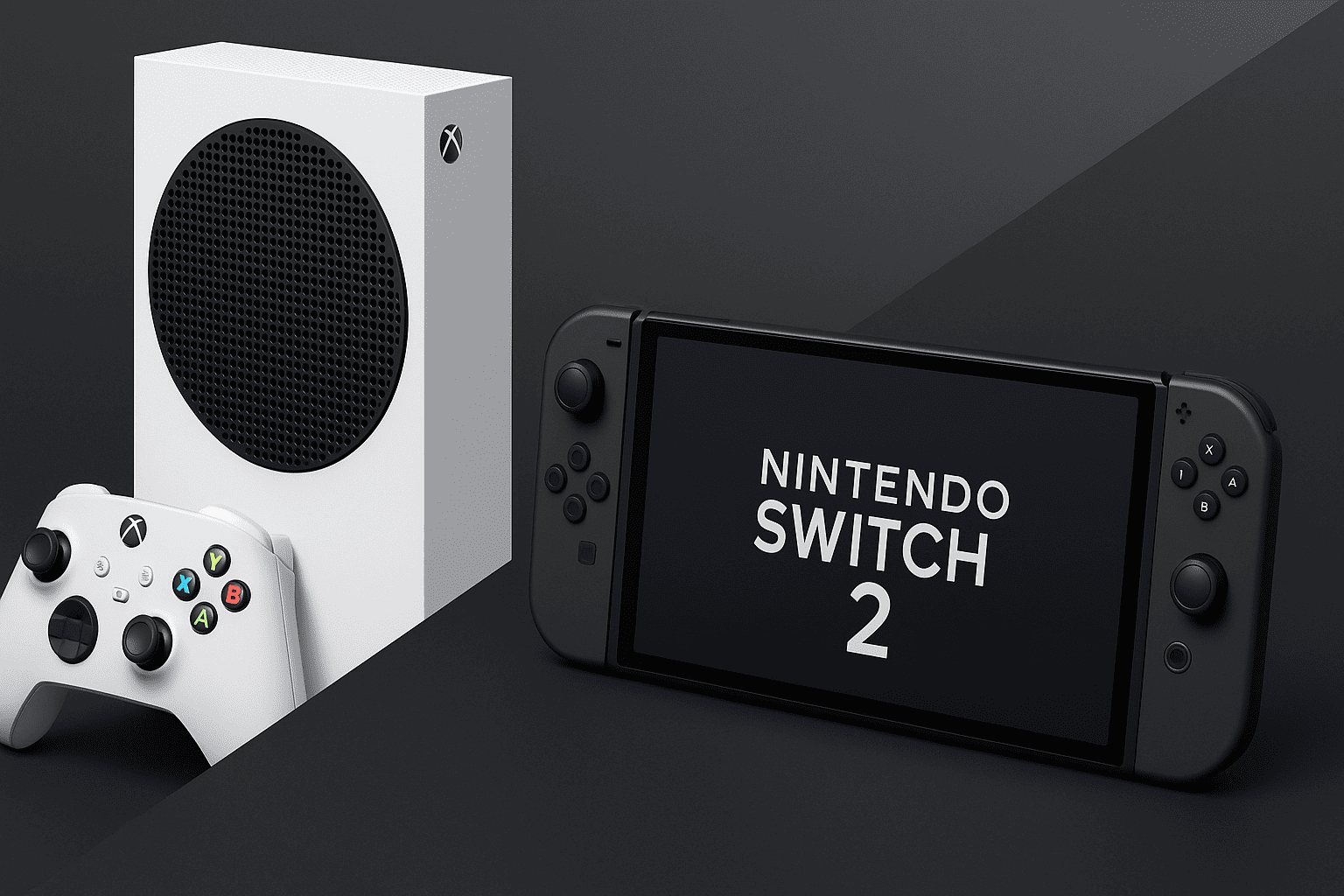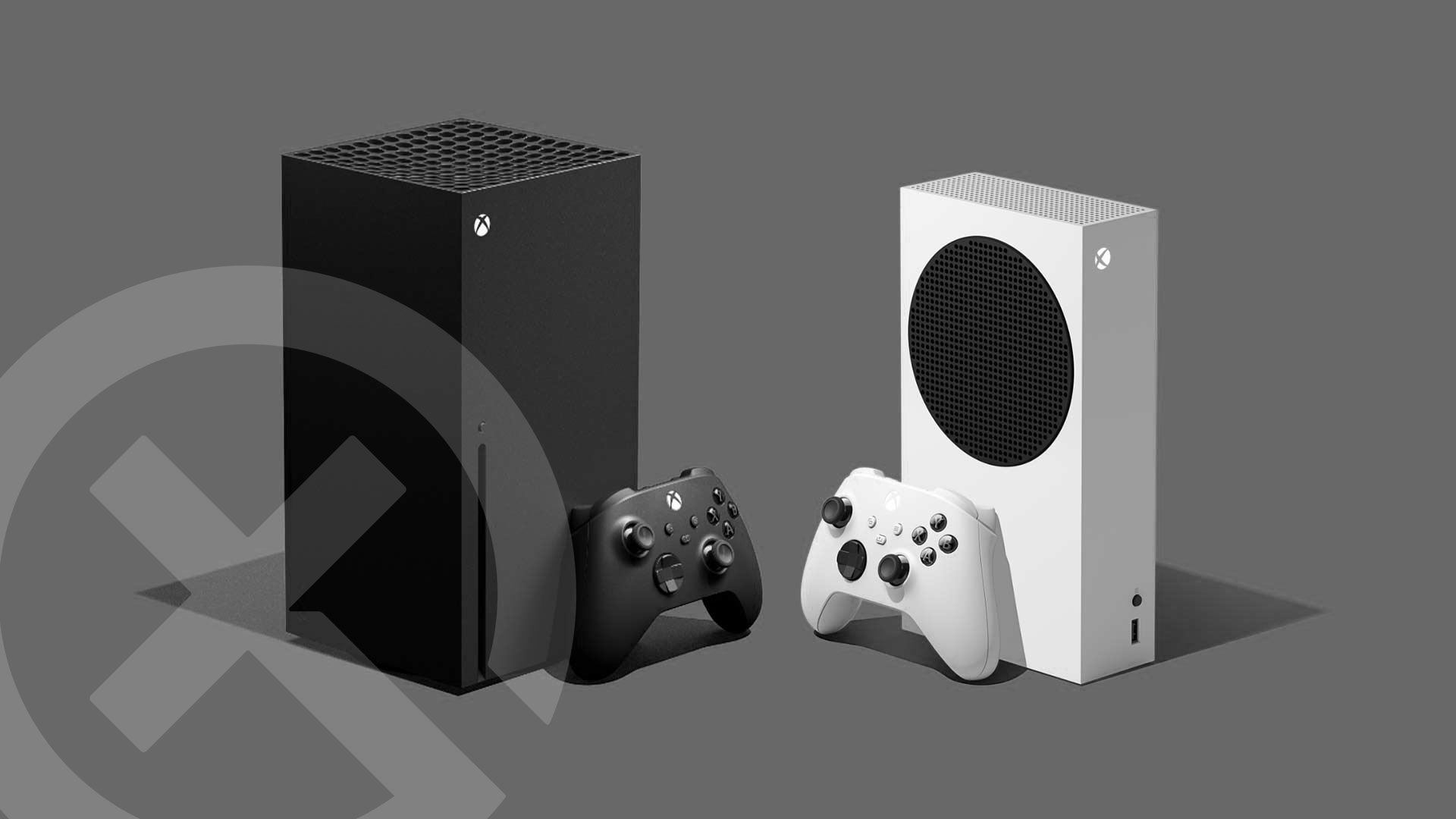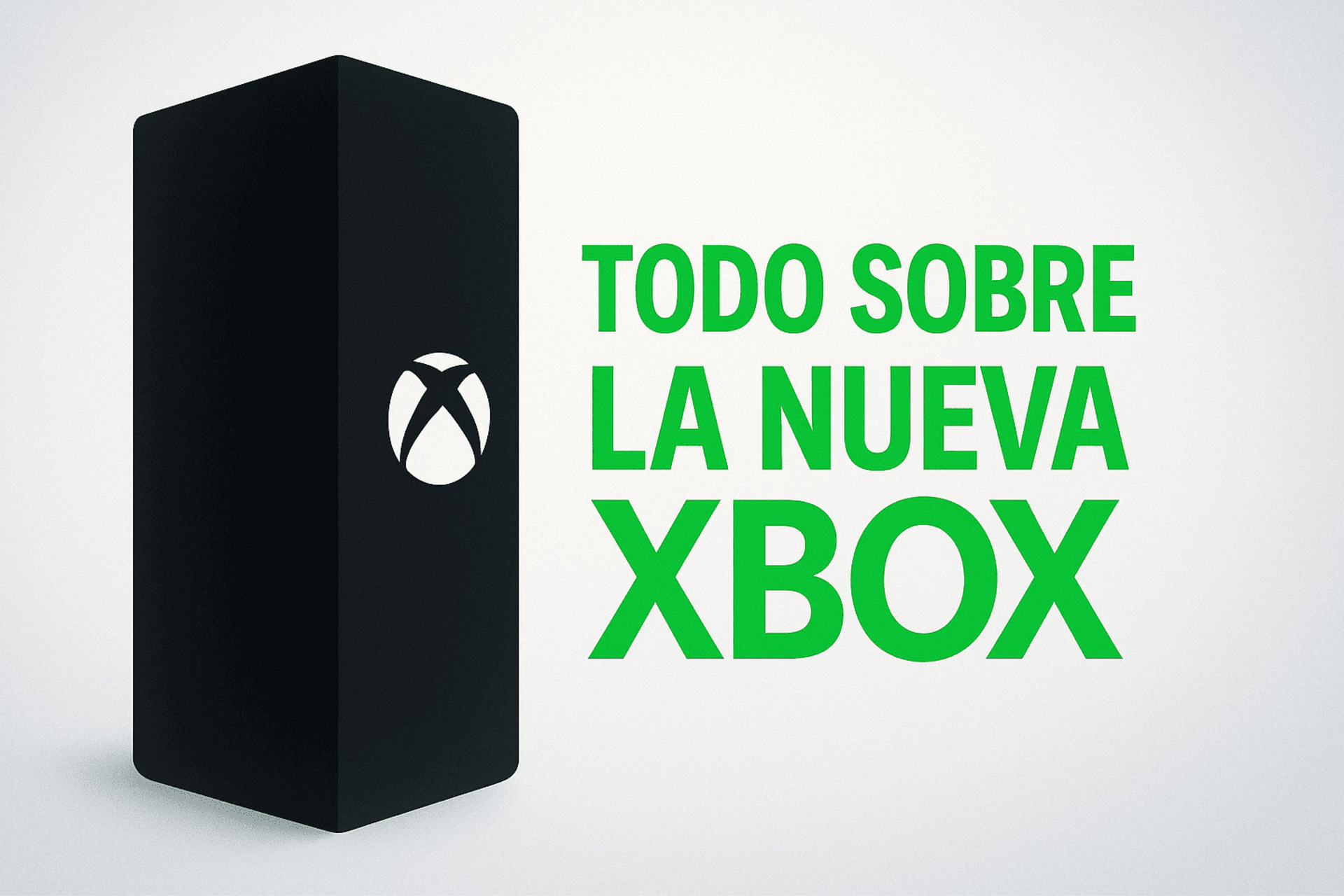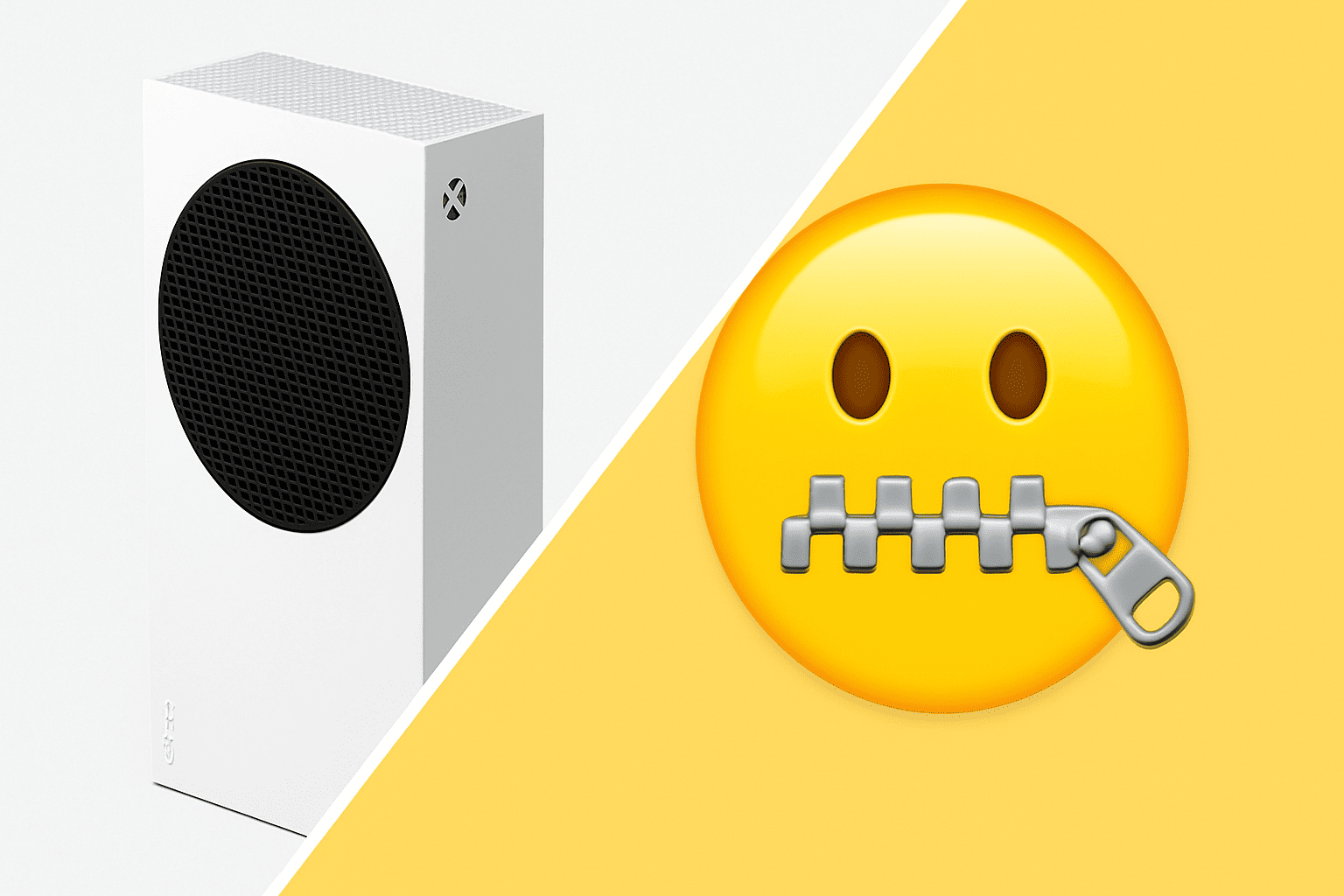The performance of Microsoft's console could facilitate many ports for Nintendo's future hybrid.
More stories in the category Consoles
- Congratulations, Xbox Series! Five years of power and evolution
- Everything we know about the new Xbox console: date, compatibility, AI and more
- Xbox Series S surprises Square Enix by optimizing Final Fantasy 7 Remake for it
| Don't miss anything and follow us on Google News! |
As new agreements between Microsoft and Nintendo take shape, good news emerges for Xbox games that could land on the newly arrived Switch 2. According to recent statements from a developer with experience in titles like Grounded or The Outer Worlds, games optimized to 60 FPS on Xbox Series S would be easily compatible with Nintendo’s new system.
Although there is no official confirmation of ports of big games like Gears of War: Reloaded or The Outer Worlds 2, the fact is that technical compatibility is already being evaluated by some studios that have worked with both platforms. And if something seems clear, it’s that the Xbox Series S, despite being the most modest model of the current Xbox generation, outperforms Nintendo’s new hybrid hardware in CPU and GPU, especially in desktop mode.
Switch 2 and Xbox Series S: technical differences and advantages according to developers
The statements come from Eoin O’Grady, technical director of Black Shamrock (Virtuos), who assures that in terms of GPU, both consoles are comparable, although the Xbox Series S has a clear advantage in CPU, which is fundamental for complex physics and advanced animations.
In terms of GPU, the Switch 2 has slightly lower performance than the Series S; this difference is more noticeable in portable mode. However, the Xbox Series S does not support technologies like DLSS, unlike the Switch 2. This makes the GPU capabilities of both consoles comparable overall.
As for the CPU, there is a clearer distinction between the two consoles. The Switch 2 is more similar to the PlayStation (PS4) in this regard, with a slightly more powerful CPU than the PS4. Since most games, when well optimized, tend to rely more on the GPU than the CPU, the impact of this difference depends largely on the specific game and its target frame rate. Any game that launches at 60 FPS on the Series S should easily migrate to the Switch 2. Similarly, a Series S game at 30 FPS that is based on the GPU should also migrate without issues.
The use of technologies like DLSS on Switch 2 also partially compensates for the graphical difference, although in portable mode, the GPU of Nintendo’s console shows some limitations. Nevertheless, for most Xbox titles — especially those well-optimized and focused on the GPU — the jump to Switch 2 would not require significant technical sacrifices.
On the other hand, the games that could be most affected by this type of port are those with strong CPU dependencies: real-time physics, advanced artificial intelligence, or complex animations. Even so, O’Grady himself claims that with good optimization, they are portable.






